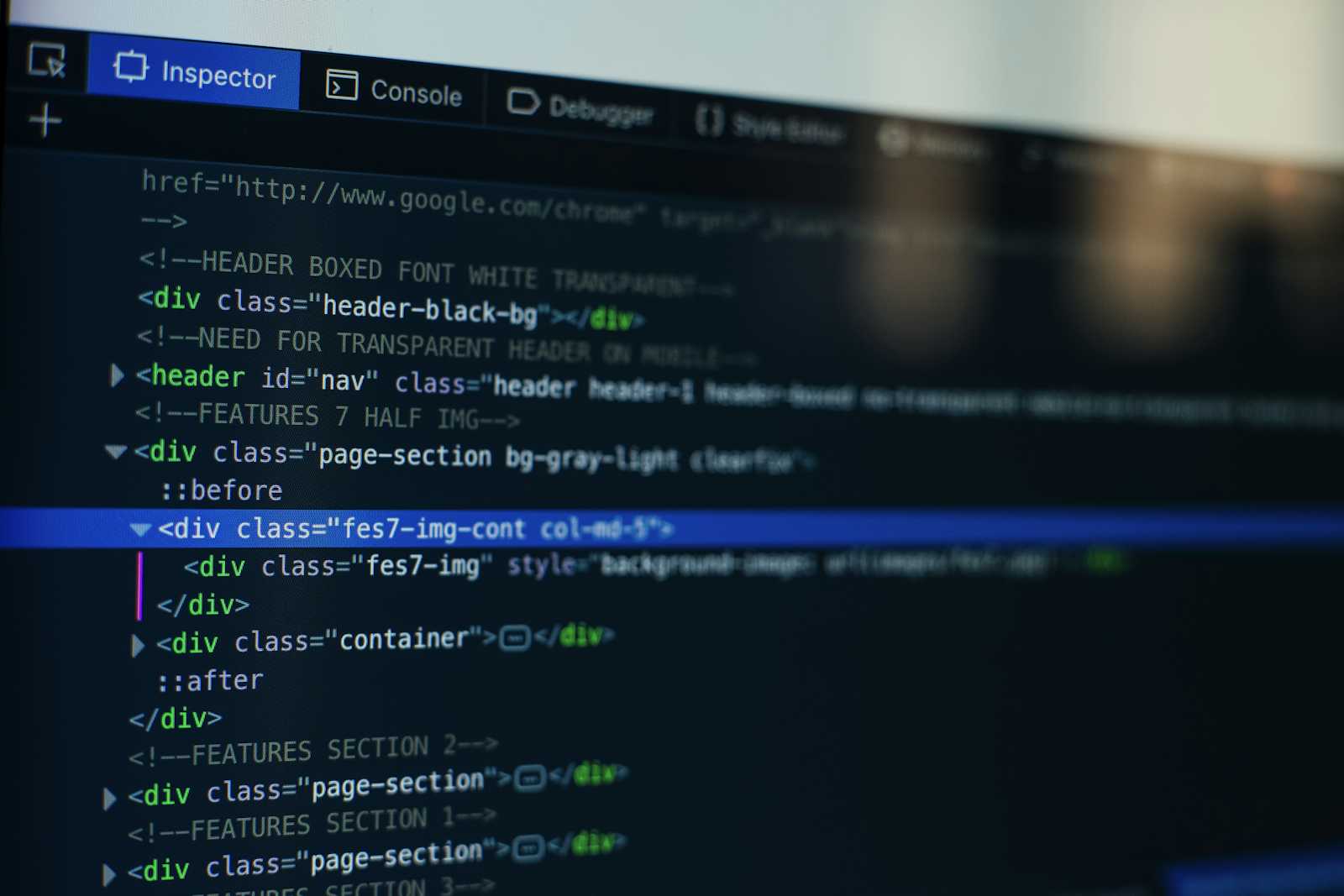Testing React Applications: Jest, React Testing Library, and Cypress for Comprehensive Coverage
 Tejas Jaiswal
Tejas Jaiswal
Testing is a crucial aspect of developing robust and maintainable React applications. A comprehensive testing strategy ensures that your application functions as expected maintains its integrity as it evolves, and provides a smooth user experience. In this article, we'll explore three powerful tools for testing React applications: Jest, React Testing Library, and Cypress. We'll discuss how to use these tools effectively to achieve comprehensive test coverage.
- Jest: The Foundation of React Testing
Jest is a delightful JavaScript testing framework developed by Facebook. It's the go-to choice for testing React applications due to its simplicity, speed, and powerful features.
Key Features of Jest:
Zero configuration is required for most React projects
Built-in code coverage reports
Snapshot testing
Parallel test execution for faster results
Mocking capabilities
Setting up Jest: Jest comes pre-configured with Create React App. If you're not using CRA, you can install Jest manually:
npm install --save-dev jest
Writing a Basic Jest Test:
export function add(a, b) {
return a + b;
}
import { add } from './math';
test('adds 1 + 2 to equal 3', () => {
expect(add(1, 2)).toBe(3);
});
Run your tests with:
npm test
- React Testing Library: Component-Level Testing
React Testing Library (RTL) is a lightweight solution for testing React components. It encourages better testing practices by focusing on testing components from a user's perspective.
Key Features of RTL:
Simulates real user interactions
Encourages accessible markup
Works with actual DOM nodes
Simple and intuitive API
Installing React Testing Library:
npm install --save-dev @testing-library/react @testing-library/jest-dom
Writing a Component Test:
import React from 'react';
const Button = ({ onClick, children }) => (
<button onClick={onClick}>{children}</button>
);
export default Button;
import React from 'react';
import { render, fireEvent } from '@testing-library/react';
import Button from './Button';
test('calls onClick prop when clicked', () => {
const handleClick = jest.fn();
const { getByText } = render(<Button onClick={handleClick}>Click Me</Button>);
fireEvent.click(getByText(/click me/i));
expect(handleClick).toHaveBeenCalledTimes(1);
});
- Cypress: End-to-End Testing
Cypress is a next-generation front-end testing tool built for the modern web. It allows you to write end-to-end tests that simulate real user scenarios across your entire application.
Key Features of Cypress:
Real-time reloading
Time travel debugging
Automatic waiting
Network traffic control
Screenshots and videos of test runs
Installing Cypress:
npm install --save-dev cypress
Writing a Cypress Test:
// cypress/integration/login.spec.js
describe('Login Form', () => {
it('successfully logs in', () => {
cy.visit('/login');
cy.get('input[name="username"]').type('testuser');
cy.get('input[name="password"]').type('password123');
cy.get('button[type="submit"]').click();
cy.url().should('include', '/dashboard');
cy.contains('Welcome, Test User');
});
});
Run Cypress tests with:
npx cypress open
Integrating All Three: A Comprehensive Testing Strategy
To achieve comprehensive coverage, it's best to use all three tools in conjunction:
Unit Testing with Jest: Use Jest for testing individual functions and utilities. This ensures that the building blocks of your application work correctly in isolation.
Example:
// utils.test.js import { formatDate } from './utils'; test('formatDate returns correct format', () => { const date = new Date('2023-05-15T10:00:00Z'); expect(formatDate(date)).toBe('15/05/2023'); });Component Testing with React Testing Library: Use RTL to test individual React components. This verifies that components render correctly and respond appropriately to user interactions.
Example:
// TodoItem.test.js import React from 'react'; import { render, fireEvent } from '@testing-library/react'; import TodoItem from './TodoItem'; test('TodoItem toggles completion status when clicked', () => { const toggleTodo = jest.fn(); const { getByText } = render( <TodoItem id={1} text="Buy milk" completed={false} toggleTodo={toggleTodo} /> ); fireEvent.click(getByText('Buy milk')); expect(toggleTodo).toHaveBeenCalledWith(1); });Integration Testing with React Testing Library: Use RTL to test how multiple components work together. This ensures that different parts of your application integrate correctly.
Example:
// TodoList.test.js import React from 'react'; import { render, fireEvent } from '@testing-library/react'; import TodoList from './TodoList'; test('TodoList adds new todo when form is submitted', () => { const { getByPlaceholderText, getByText, queryByText } = render(<TodoList />); const input = getByPlaceholderText('Add a new todo'); fireEvent.change(input, { target: { value: 'New Todo' } }); fireEvent.click(getByText('Add')); expect(queryByText('New Todo')).toBeInTheDocument(); });End-to-End Testing with Cypress: Use Cypress to test complete user flows through your application. This verifies that all parts of your application work together correctly from a user's perspective.
Example:
// cypress/integration/todo.spec.js describe('Todo App', () => { it('allows users to add and complete todos', () => { cy.visit('/'); cy.get('input[placeholder="Add a new todo"]').type('Buy groceries'); cy.get('button').contains('Add').click(); cy.contains('Buy groceries').should('be.visible'); cy.contains('Buy groceries').click(); cy.contains('Buy groceries').should('have.class', 'completed'); }); });
Best Practices:
Write tests as you develop: This helps catch issues early and ensures all code is testable.
Aim for high coverage, but prioritize critical paths: 100% coverage isn't always necessary, focus on the most important parts of your application.
Use meaningful test descriptions: This makes it easier to understand what each test is checking.
Keep tests independent: Each test should be able to run on its own without depending on other tests.
Mock external dependencies: Use Jest's mocking capabilities to isolate the code you're testing.
Run tests in CI/CD pipelines: Automate your testing process to catch issues before they reach production.
Subscribe to my newsletter
Read articles from Tejas Jaiswal directly inside your inbox. Subscribe to the newsletter, and don't miss out.
Written by

Tejas Jaiswal
Tejas Jaiswal
As a full-stack developer, I enjoy creating visually appealing and responsive websites using the MERN stack, SQL database administration, and HTTP. I have one year of experience, where I worked on various web development projects and learning new technologies and frameworks. I also completed a two-month contract as a full-stack developer at Eviox Technology Pvt Ltd, where I developed and deployed a dynamic e-commerce website for a client. In addition to web development, I am passionate about artificial intelligence and its applications. I am currently pursuing a Bachelor of Technology degree in Electronics and Communications Engineering from JSS Academy of Technical Education, Noida, where I have taken courses on machine learning, computer vision, and natural language processing. I am also a freelance video editor with one year of experience, using software such as Adobe Premiere Pro and DaVinci Resolve to create captivating visual stories. My goal is to combine my web development and AI skills to create innovative and impactful solutions for real-world problems.